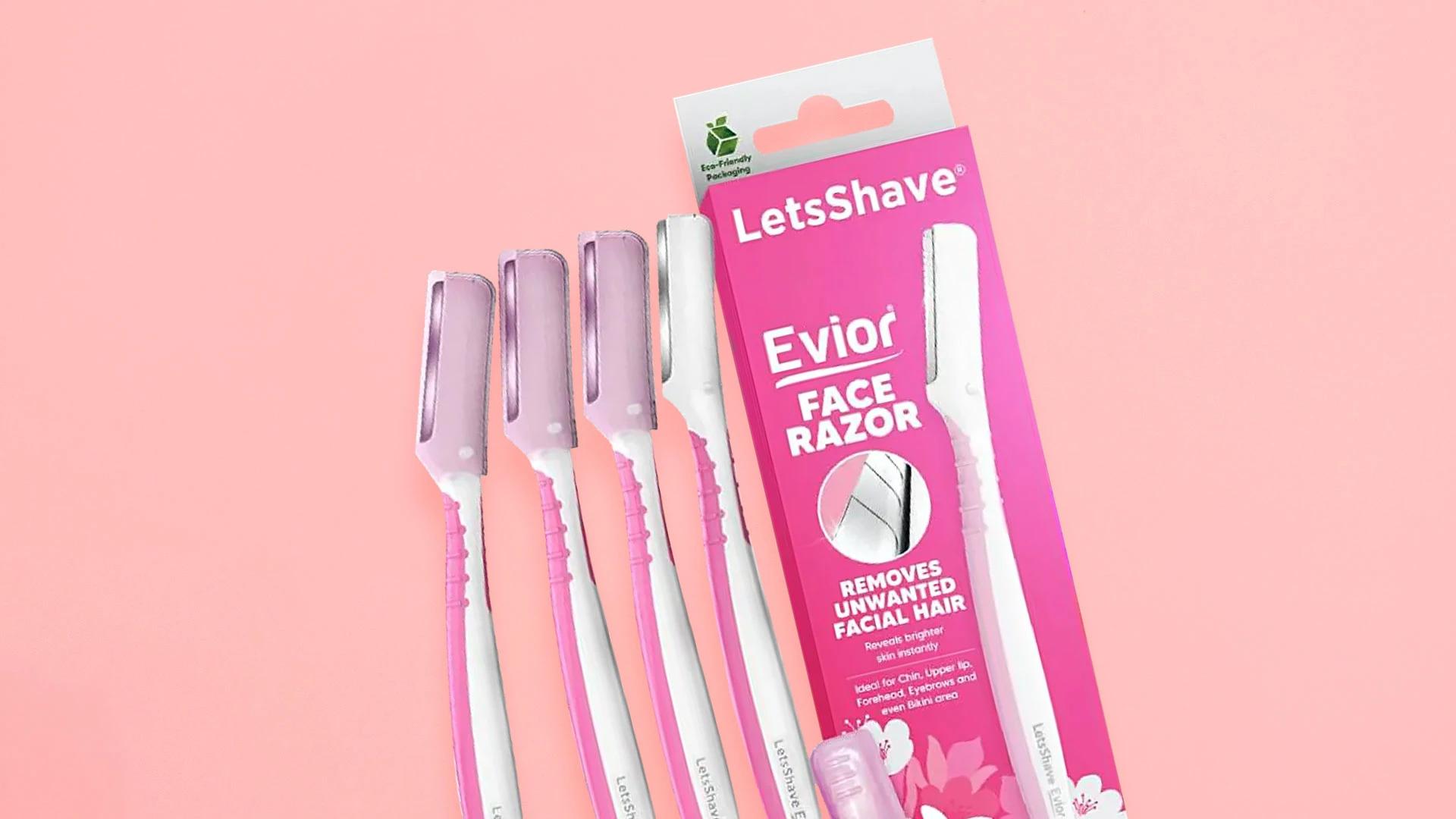Real talk—if you've been eyeing those smooth, fuzz-free faces on your feed and wondering how they do it, a face razor might just become your new skincare obsession. Facial hair removal isn't just about aesthetics; it's about creating the perfect canvas for your skincare routine and makeup application. Whether you're dealing with peach fuzz or just want that baby-smooth finish, mastering the art of gentle shaving can transform your facial grooming game. We've put together a proper 7-step checklist that'll guide you through everything you need to know about using a face razor safely and effectively.
Understanding Face Razors: Your Key to Smooth Skin
A face razor is essentially your ticket to professional-level facial hair maintenance at home. Unlike regular body razors, these beauty tools are specifically designed for the delicate skin on your face, making them perfect for removing peach fuzz and achieving that coveted smooth skin texture. They're smaller, more precise, and gentler than their body counterparts, which means you can navigate around your nose, upper lip, and jawline without any drama.
Types of Face Razors
You'll find two main types worth considering: disposable face razors and reusable ones with replaceable blades. Disposable options are perfect for beginners or travel, whilst reusable versions offer better value long-term. Electric face razors are also trending, offering a gentler alternative for those with sensitive skin who still want effective facial hair removal.
Benefits of Using a Face Razor
The perks are honestly impressive. Face razors provide gentle exfoliation whilst removing unwanted hair, leaving your skin smoother and more receptive to skincare products. They're also brilliant for makeup application—foundation glides on like butter when there's no peach fuzz in the way. Plus, it's way more affordable than professional dermaplaning treatments.
The 7-Step Face Razor Checklist for Flawless Results
Getting smooth, irritation-free results isn't rocket science, but it does require following the right steps. This checklist ensures you're doing everything properly, from prep to post-care, so you can achieve that professional finish at home. Think of it as your foolproof guide to facial grooming success.
Step 1: Cleanse Your Face Thoroughly
Start with a clean slate—literally. Use your regular cleanser to remove makeup, dirt, and oils. This step is crucial because shaving over dirty skin can lead to clogged pores and irritation. Pat your face dry with a clean towel, making sure your skin is completely clean before moving to the next step.
Step 2: Exfoliation for Smoother Results


 1 Unit
1 Unit Pack of 18
Pack of 18 1 Unit
1 Unit Pack of 4
Pack of 4